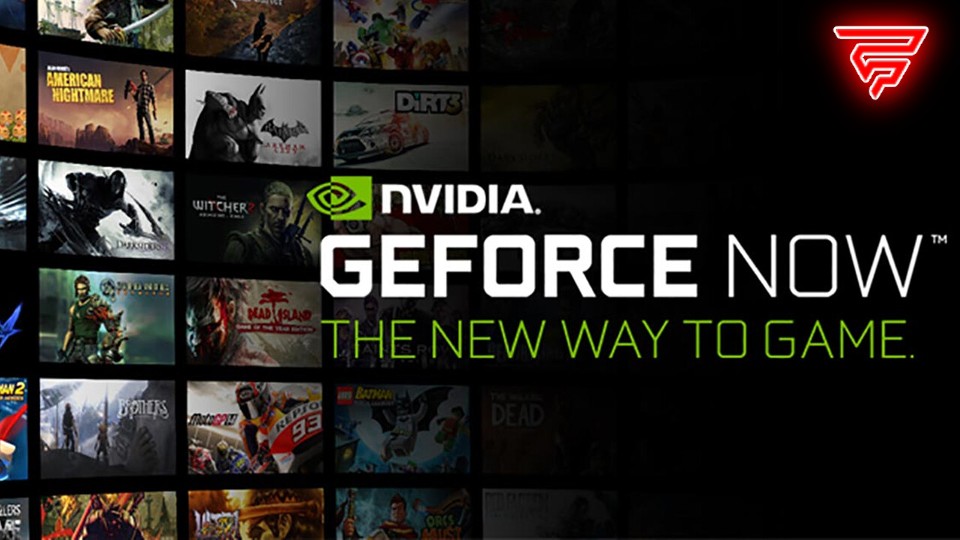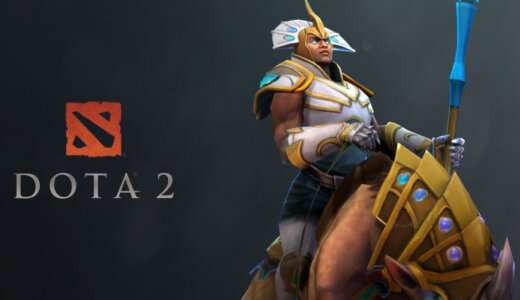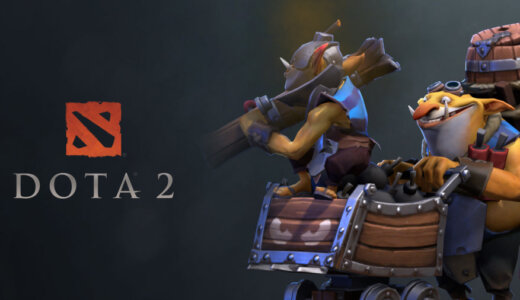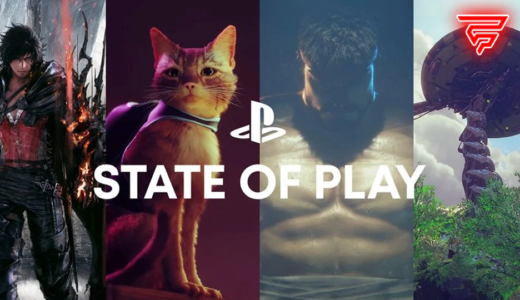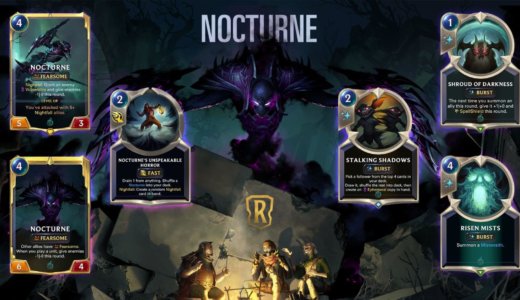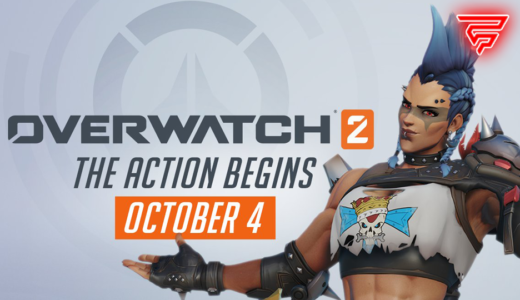Video games are now not just a way to relax after work but a whole industry. The first esports and even national teams from different countries have appeared, but not everyone can buy a good computer, and most want to play.
But not everyone has the means to buy a good computer, and most people want to play. So can cloud gaming be a solution to this problem?
Read on to learn everything you need to know about cloud gaming.
What is cloud gaming?
The cloud is a network service of servers used to store, process, and transmit user data and graphics processing of video games.
Cloud gaming is a service that allows you to play video games remotely without having a copy of the games on your computer.
The cloud is an option to play games without buying a gaming PC. Instead, you can play in the cloud with your device.
This technology can be called early modern development. By 2024, the cloud gaming market is expected to increase ten times.
History of cloud gaming.
In 2000 the Finnish company G-cluster presented the first implementation of cloud gaming technology. G-cluster streamed PC games to mobile devices via WI-FI. However, due to the low quality of the internet, it was challenging to play, the video was delayed, and there were many negative reviews.
The OnLive platform, In 2010, introduced a subscription to run applications without the need to install them. Instead, players could play through its servers.
Sony, In 2015 bought OnLive and used their technology to create their PlayStation Now game streaming service. However, by that time, they received substantial criticism, lag remained, and a high-speed connection was required to start streaming.
In 2019 Google introduced the Stadia service and Nvidia, the GeForce Now platform. Microsoft did not lag, joining the company with the xCloud platform. At the moment, the most common and popular service is GeForce Now.
Monetization
There are three ways to monetize in the cloud game
Part of the ecosystem
You must pay a subscription to the entire ecosystem to use the service. An example of this is Microsoft
Pay-per-use time
Not everyone has the option to play frequently, so paying by the minute or hour is a great solution. As a result, your gaming time will cost less than a monthly subscription. But paying by the hour, on the other hand, may not be cost-effective for those users who spend many hours playing games.
Monthly subscription
This payment model resembles a subscription to other entertainment servers such as Spotify and Netflix. But cloud services are not profitable to introduce to such a model. Active users who play frequently create a significant load on the servers that the subscription does not cover. Services with this model are not profitable. They use it as a temporary solution until costs are reduced or until they build up a base of regular buyers to monetize in another way.
Main problems of cloud gaming
The main problem is the profits of the services. The one-month subscription for users is great, but it is not the same for the services that present losses due to overloading. But it is not an option to increase the payment to cover the costs; it is not profitable for the players.
Another big problem is the conflict of interest between players, publishers, and cloud services. In addition to paying for the cloud, there remains the issue of buying the game. Users want to make a single subscription payment without paying extra for games. This way, it is not profitable for publishers; if they do not buy the game, they will not receive profit.
Another problem is that gamers often do not want their issues with the network and blame the cloud and the service. But the cheap network tariff, thick room walls, or router distance are the causes that can affect the quality of the game. As a result of these problems, users receive poor-quality images and delays in game management.
Header: NVIDIA GeForce Now
